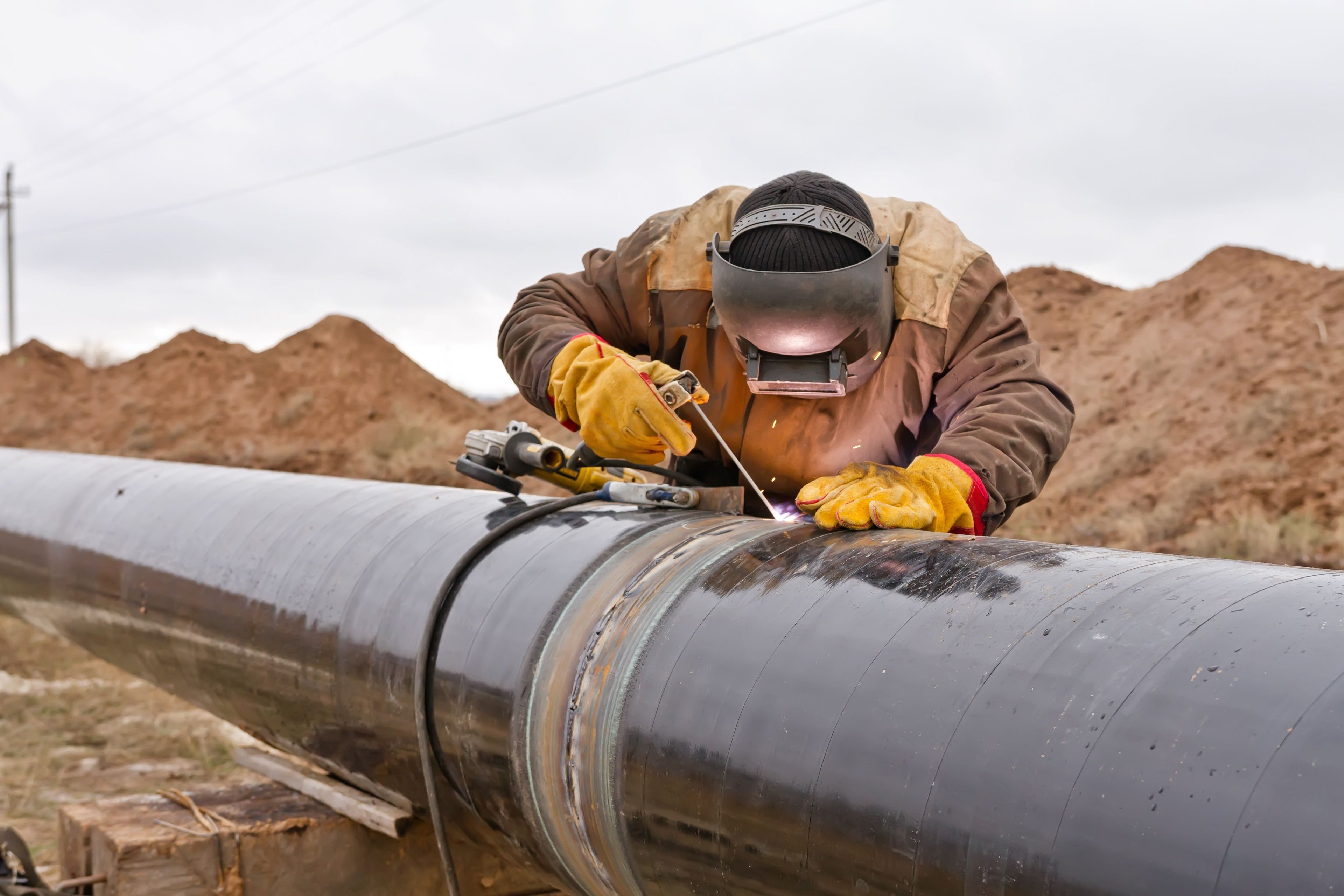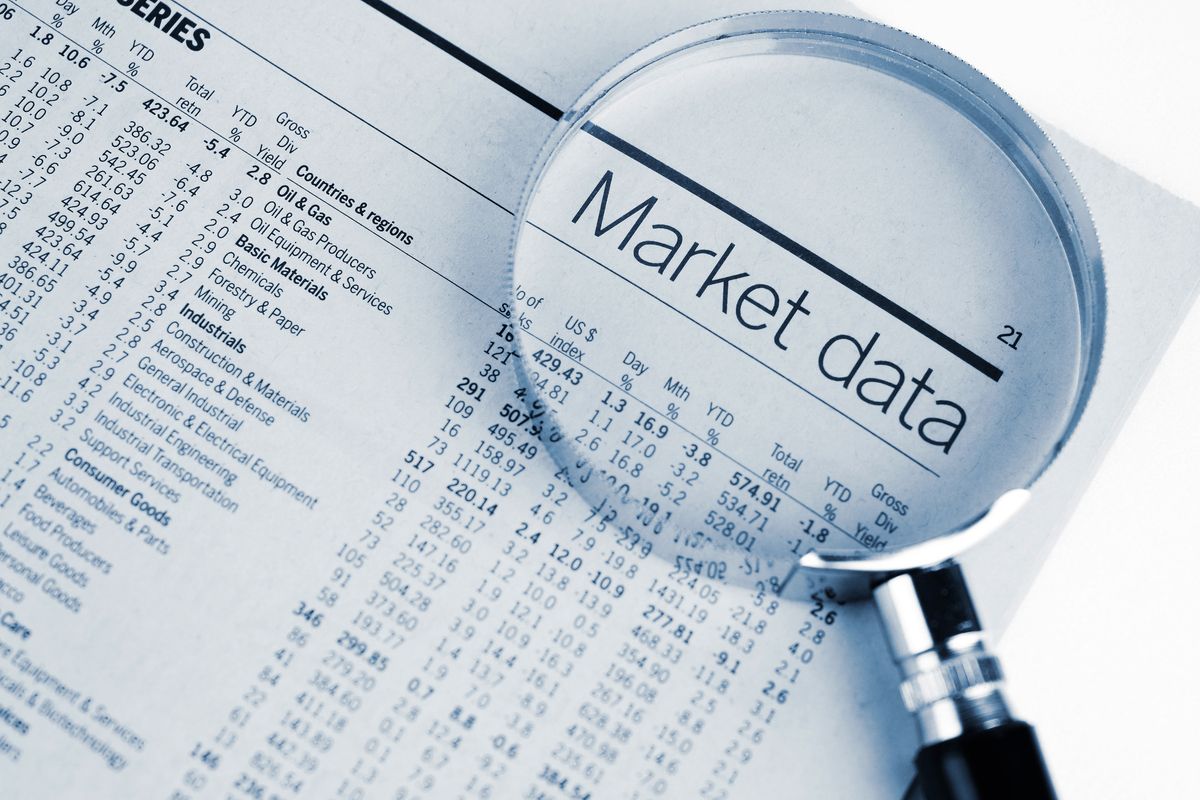Industrial gas processing equipment maker Chart Industries (GTLS +0.20%) reported financial results for its first quarter on April 30, and came in below last year's results -- which wasn't a surprise, based on the macroeconomic challenges around the world and the cyclical nature of some of its businesses. Total revenue of $245 million was down 8% from last year, and net income of $5 million was less than half of last year's $12 million earnings in the first quarter.
While not necessarily a measure of success or failure, both the earnings and revenue results were also far below the average estimate from Wall Street analysts, so it's possible we see a sell-off in the next few days, after a pretty solid 20%-plus gain for Chart's stock so far in 2015. But looking beyond the short-term movement of the stock, are Chart's declining results an indicator that there's worse to come? Or are we approaching a "bottom" and things are about to turn? Frankly, it's probably too early to really tell yet.
Let's dig into the earnings results. We might not be able to predict where things are with the market recovery for Chart, but we can better understand what the company is doing to deal with it.
Expenses are up, but that's likely to change at some point this year
Chart management has been saying for the past few quarters that they are actively working to realign the company's costs structure to the current business environment, but so far that's yet to happen. Even with sales down in the quarter, total operating expenses actually increased almost 4%. This was partly due to costs related to severance as the company reduces its head count by 5%, but "largely due to an acceleration of stock-based compensation expense associated with retirement eligible participants," according to the release.
Chart is closing one of its LNG equipment manufacturing facilities in Minnesota, and that will lead to $3 million in one-time restructuring costs next quarter, so it's possible we see another slight increase in Q2. Management said last quarter that its cost-cutting initiatives would result in $20 million in savings. If that's the case, it's looking like that benefit won't happen before the second half of the year, based on the results in the first quarter, and the restructuring costs it announced for Q2.
Foreign exchange impact is pretty big right now
It's looking like currency headwinds are a really big problem for a lot of companies, and Chart was no exception last quarter. According to the earnings release, about $3 million of its profit shortfall was directly tied to foreign exchange, largely related to Europe. As a comparison, last year the company only took about $100,000 in foreign exchange impact in the same quarter.
FX is a cyclical beast, and eventually it will normalize, but there is only so much Chart can do to mitigate this impact. For now, it's just part of the business climate and the company must wade through it. Considering the tough economic situation in much of Europe, it would be relatively difficult for the company to simply raise prices to deal with this. Factor in stiff competition, and it will largely be a product of time and a strengthening euro before this changes.
Margins are steady in a challenging environment
It's often difficult to keep gross margin percent up when you're a manufacturer experiencing weak sales, usually because of high fixed costs. However, Chart managed to keep its gross margin relatively steady, while actually improving it in two of its three business segments. The improvement in its biomedical segment, from 32.6% to 33.5% was especially good to see, as the company has faced numerous product mix and warranty-related challenges over the past year.
Sales were up flat in Energy & Chemicals and Biomedical, but fell 19% in Distribution & Storage in the quarter as LNG infrastructure buildout in much of the world slows. Chart expects this cyclicality to remain for some time, which is why the company is closing the plant in Minnesota, which makes LNG equipment.
Looking ahead
It's looking like Chart is in for a challenge in the rest of 2015. Between global macroeconomic challenges, slowing LNG infrastructure buildout in North America, and an ugly foreign exchange environment, it's understandable why the company is tightening its belt and focusing on improving efficiency and its cost structure this year, as was announced last quarter.
The good news is that management reiterated its prior guidance for both revenue and earnings. Looking at the bigger picture, eventually the currency headwinds will dissipate, and infrastructure growth will pick back up. For now, the company is addressing things that it can control internally. Will that pay off when the market recovers? Time will tell.






